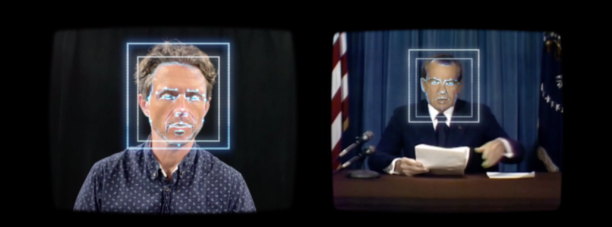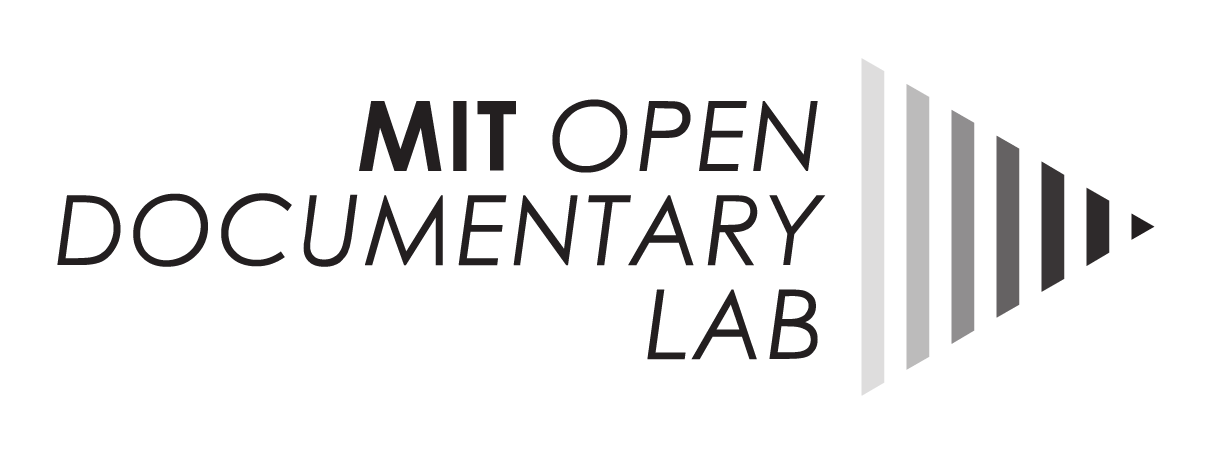23 Jul MIT Tackles Misinformation Epidemic with “In Event of Moon Disaster”
July 23rd, 2020
Can you recognize a digitally manipulated video when you see one? It’s harder than most people realize. As the technology to produce realistic “deepfakes” becomes more easily available, distinguishing fact from fiction will only get more challenging. A new digital storytelling project from MIT’s Center for Advanced Virtuality aims to educate the public about the world of deepfakes with In Event of Moon Disaster (moondisaster.org).
The project is supported by the MIT Open Documentary Lab and the Mozilla Foundation, which awarded In Event of Moon Disaster a Creative Media Award last year. These awards are part of Mozilla’s mission to realize more trustworthy AI in consumer technology.

The project is directed by MIT Open Documentary Lab (ODL) Fellow Halsey Burgund and MIT Virtuality’s XR Creative Director Francesca Panetta. ODL Fellow Joshua Glick is the project’s Education Producer and developed a curriculum and learning module about media literacy and misinformation to compliment the project. ODL Fellow Danny Goldfield is the project’s Installation Producer.
This provocative website showcases a “complete” deepfake (manipulated audio and video) of President Nixon delivering the real contingency speech written in 1969 for a scenario in which the Apollo 11 crew were unable to return from the moon. The team recruited a voice actor to record the speech, then worked with the companies Respeecher and Canny AI to reproduce Nixon’s voice and facial movements, using a combination of sophisticated deep learning and AI technologies. The result is a seven-minute film showing how thoroughly convincing deepfakes can be.
“Media misinformation is a longstanding phenomenon, but, exacerbated by deepfake technologies and the ease of disseminating content online, it’s become a crucial issue of our time,” says D. Fox Harrell, professor of digital media and of artificial intelligence at MIT and director of the Center for Advanced Virtuality, part of MIT Open Learning.
 An interdisciplinary team of artists, journalists, filmmakers, and computer scientists has created a robust, interactive resource site where educators and media consumers can deepen their understanding of deepfakes: how they are made and how they work; their potential use and misuse; and what is being done to combat them. Also included is a new documentary on deepfakes from Scientific American, centered on a behind-the-scenes making-of feature on In Event of Moon Disaster.
An interdisciplinary team of artists, journalists, filmmakers, and computer scientists has created a robust, interactive resource site where educators and media consumers can deepen their understanding of deepfakes: how they are made and how they work; their potential use and misuse; and what is being done to combat them. Also included is a new documentary on deepfakes from Scientific American, centered on a behind-the-scenes making-of feature on In Event of Moon Disaster.
“This alternative history shows how new technologies can obfuscate the truth around us, encouraging our audience to think carefully about the media they encounter daily,” says Francesca Panetta, project co-lead and XR Creative Director at MIT Virtuality.
In Event of Moon Disaster previewed last fall as a physical art installation at the International Documentary Film Festival Amsterdam, where it won the Special Jury Prize for Digital Storytelling. The new website is the project’s global digital launch, making the Moon Disaster film and associated resources available for free to all audiences.
 “It’s our hope that this project will encourage the public to understand that manipulated media plays a significant role in our media landscape,” says co-director Halsey Burgund, a fellow at MIT Open Documentary Lab (ODL), “and that with further understanding and diligence we can all reduce the likelihood of being unduly influenced by it.”
“It’s our hope that this project will encourage the public to understand that manipulated media plays a significant role in our media landscape,” says co-director Halsey Burgund, a fellow at MIT Open Documentary Lab (ODL), “and that with further understanding and diligence we can all reduce the likelihood of being unduly influenced by it.”



